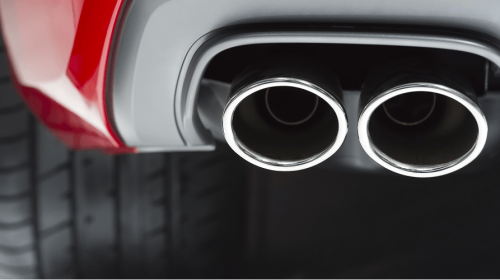Owning a vehicle comes with the responsibility of maintenance and timely repairs. Identifying problems early not only saves money on costly repairs but also ensures road safety and extends the lifespan of your car. This article outlines common car issues and provides guidance on how to diagnose them before they escalate.
Engine Overheating
One of the most frequent issues drivers face is an overheating engine. Common signs include a rising temperature gauge, steam from under the hood, or a sweet smell (coolant leak). Causes can range from a low coolant level and radiator leaks to a faulty thermostat or water pump. Check coolant levels regularly and watch for puddles under your car to catch leaks early.
Battery Troubles
A weak or dead battery is a common cause of starting problems. If your engine cranks slowly or you hear clicking when turning the key, your battery may be dying. Corrosion on the terminals and frequent jump starts are also red flags. Testing your battery’s voltage with a multimeter and cleaning the terminals can help prolong battery life and prevent unexpected failures.
Brake Issues
Brakes are vital to vehicle safety, and early warning signs of trouble should never be ignored. If you hear squealing or grinding noises, feel vibrations while braking, or notice the car pulling to one side, it may be time for a brake inspection. Worn pads, warped rotors, or low brake fluid are common culprits. Addressing brake issues promptly ensures reliable stopping power.
Transmission Problems
A slipping transmission, delayed shifting, or strange noises while changing gears are all indicators of potential transmission trouble. Transmission repairs can be expensive, so early diagnosis is key. Low or dirty transmission fluid is often the cause and should be checked and changed according to the manufacturer’s recommendations.
Unusual Noises
Strange sounds like knocking, whining, or hissing can point to a variety of issues. Engine knocking could signal low oil levels or worn internal parts. A whining sound might come from the power steering system or a failing alternator. Hissing could indicate a vacuum leak. Learning to identify these sounds and their origins can help you catch problems early.
Warning Lights on the Dashboard
Modern cars come equipped with diagnostic systems that alert drivers to problems through dashboard warning lights. The check engine light, ABS warning, battery alert, and oil pressure light are among the most important. Use an OBD-II scanner to read trouble codes and consult a mechanic if any light remains illuminated.
Steering and Suspension Problems
Difficult or loose steering, uneven tire wear, or a bumpy ride can signal issues with the suspension or steering system. Problems may stem from worn-out shocks, struts, or tie rods. Regular inspections and tire rotations help detect wear and tear before it affects your car’s handling.
Exhaust System Failures
A noisy exhaust, reduced fuel efficiency, or a smell of gas may indicate issues in the exhaust system. Common problems include a damaged catalytic converter, leaky exhaust manifold, or broken muffler. Regular inspections, especially if you drive in salty or wet environments, can help prevent exhaust system corrosion.
Fluid Leaks
Leaks are a common early warning sign of mechanical problems. Oil, coolant, transmission fluid, brake fluid, and power steering fluid can all leak. Each fluid has a distinct color and smell, which helps in diagnosis. Promptly identifying and fixing leaks can prevent larger mechanical failures.
Tire and Alignment Issues
Uneven tire wear, vibrations, or the car drifting to one side may indicate alignment or suspension problems. Regularly checking tire pressure, rotating tires, and having alignment checked during service can prevent premature tire wear and improve handling and safety.
Conclusion
Staying attuned to your vehicle’s behavior and addressing issues promptly can save you time, money, and stress. Routine maintenance, regular inspections, and a proactive approach to diagnosing problems can ensure a smoother, safer driving experience. When in doubt, consult a trusted mechanic for a professional diagnosis.








